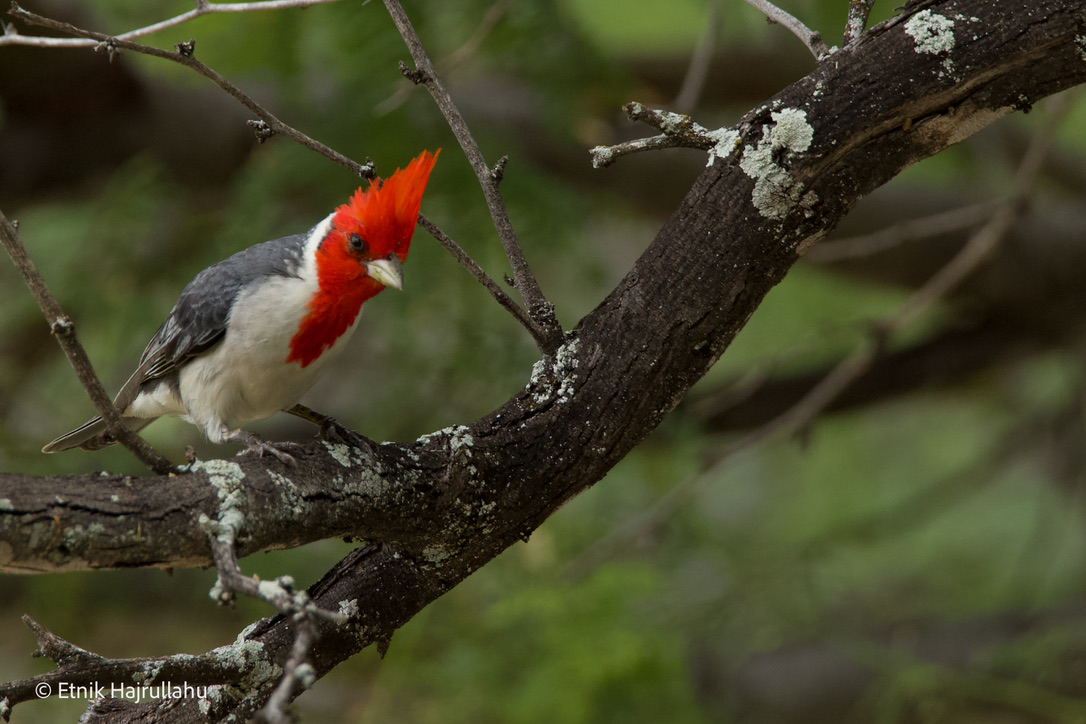Birds are fascinating creatures that have captured our attention for centuries. They come in a wide variety of shapes, sizes, and colors, and can be found in almost every corner of the world. Whether you’re a birdwatcher or just a casual observer, there is always something new and exciting to learn about these amazing creatures.
Classification
Birds belong to the class Aves, which includes all animals that have feathers and lay eggs. Within this class, there are over 10,000 different species of birds, each with its own unique characteristics and behaviors. Birds are further classified into orders, families, and genera based on their physical and genetic traits.
Physical Characteristics
Birds are known for their unique physical characteristics, including feathers, beaks, wings, and hollow bones. Feathers serve a variety of purposes, including insulation, waterproofing, and flight. Beaks are specialized for different types of food, with some birds having long, thin beaks for probing and others having strong, hooked beaks for tearing flesh. Wings are designed for flight and come in many different shapes and sizes, depending on the bird’s lifestyle. Finally, birds have hollow bones that reduce their weight, making it easier for them to fly.
Behavior
Birds exhibit a wide range of behaviors, from nesting and mating to migration and communication. Nesting behaviors vary greatly between species, with some birds building elaborate nests out of twigs and others laying their eggs directly on the ground. Mating behaviors can also be quite complex, with some birds performing intricate courtship dances and others engaging in fierce battles to win a mate.
Many birds are also known for their ability to migrate, traveling thousands of miles each year to reach their breeding or wintering grounds. Migration is driven by a variety of factors, including changes in temperature, availability of food, and length of daylight.
Communication is another important behavior in birds, with many species using songs, calls, and body language to communicate with each other. Birds have a highly developed vocal system that allows them to produce a wide range of sounds, from simple chirps and whistles to complex songs that can be heard for miles.
Ecology
Birds play a critical role in many ecosystems, serving as pollinators, seed dispersers, and predators. They also help to control pest populations, such as insects and rodents, and provide valuable ecosystem services, such as nutrient cycling and soil aeration.
Threats and Conservation
Unfortunately, birds face a variety of threats from human activities, including habitat loss, pollution, climate change, and hunting. Many bird species are also at risk of extinction, with over 1,500 species currently listed as threatened or endangered.
Conservation efforts are underway to protect and restore bird populations around the world. These efforts include habitat restoration, captive breeding programs, and public education and outreach. Birdwatching and citizen science programs are also popular ways for individuals to get involved in bird conservation.
Conclusion
Birds are amazing creatures that continue to capture our imagination and curiosity. Whether you’re a scientist studying their behavior or a casual observer enjoying their beauty, there is always something new and exciting to learn about these fascinating animals. By working to protect and conserve bird populations, we can ensure that future generations will be able to enjoy these wonderful creatures for years to come.

